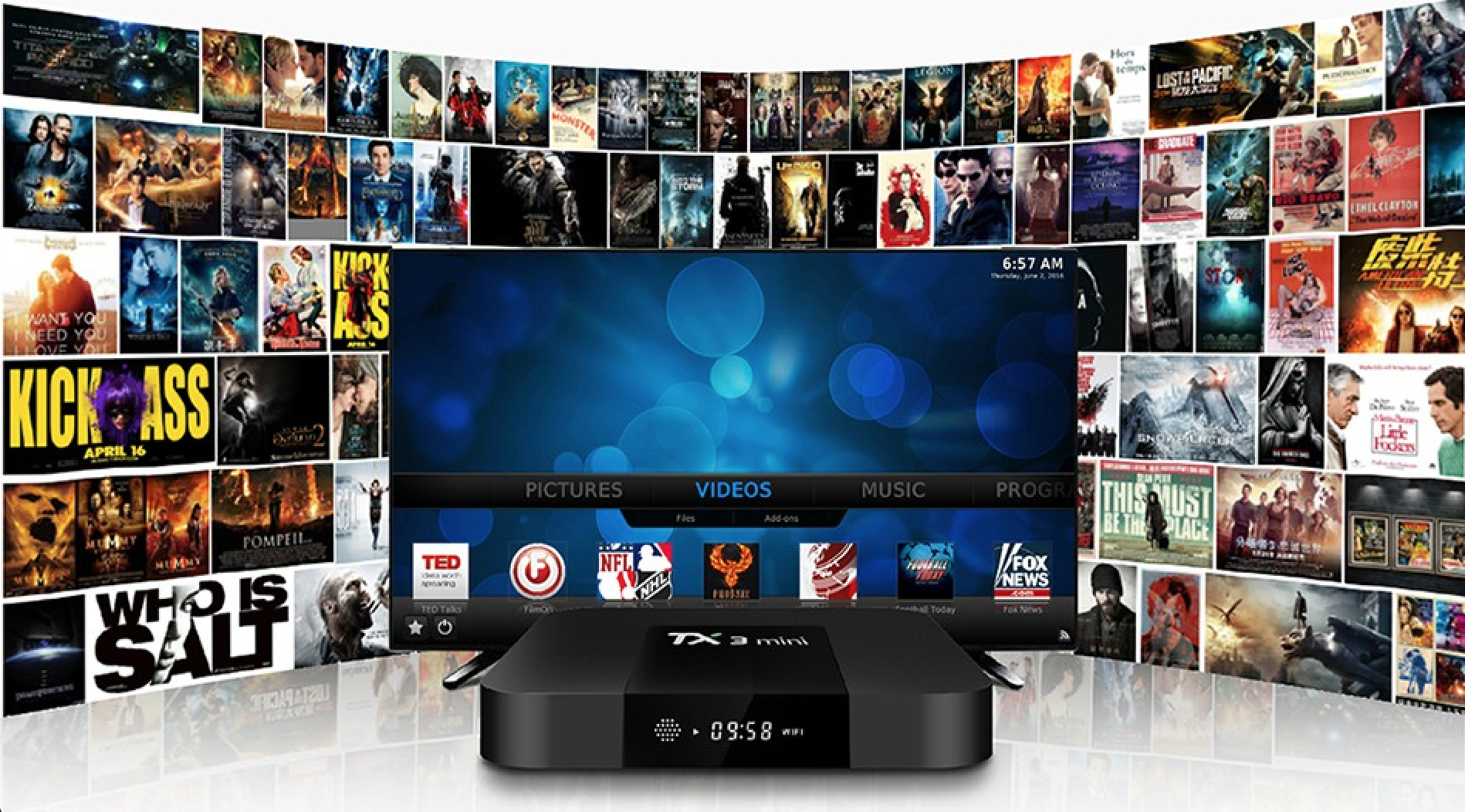What is an IPTV server?
The central part of the IPTV solution stores content receives channels, and manage user access. The IPTV server has many physical servers, and each performs a different function. Video-on-demand, middleware, streamers, and other servers have a standard connection that forms an IPTV system. When a solution combines all components, it may results in some system performance and services, though it is suitable for small installations. An IPTV system with a modular architecture in all servers is easy to access and ideal for reconfiguration.
How IPTV server works
Many IPTV host Linux OS specific to the installed applications. The applications have to be specific to IPTV. The IPTV server has the following major parts:

Media Streamer
It controls how to acquire media content from satellite, antenna, cable, HDMI or AV encoders and IP streams. The received content is channeled as IP packets to an IP address where the client devices receive the content. It depends with the streamer specifications and signal type since the streamer filter PID, decrypt or process the content.
Middleware
The client devices get information taken from middleware. It includes available content and services, tariff-specific, EPG information, and channel list.
Video-on-demand
VoD stores media files such as video clips and movies. It has to provide secure and flawless access to all the stored content depending on what a particular user can.
IPTV server has other various applications. It uses an IP address with several aequipments that cannot be stable to change from working correctly to a total denial of service. Multiple background services observe the quality-of-service and warn administrators of the chances of specific issues arising before any user notices and starts complaining of poor technical support.
Every IPTV server application communicates with each other and with client’s devices forming an IPTV system. A client may stream IPTV, and there is always a sequence of accessing video streams, such as the client’s device authenticated on a middleware server with an attached subscription plan. The middleware server later sends a list of channels and any other content that is accessible under certain conditions such as leased, tariff plan, balance, or purchased movies.
The user does, such as clicking on a movie or selecting channels, require the server’s video stream. One network protocol delivers several packets with audio, video, subtitles, and other information. The client device decodes the data and presents it on the table, and plays through dynamics, among other thing things.
Sometimes the process can be complicated if the conditional access system protects the content. However, it does not affect clients’ experience, and their devices decrypt the data in real-time as it gets down streamed.
Who needs an IPTV server?
Various premises deploy physical IPTV servers. Some can reduce or remove onsite equipments and replace it with the cloud. But at the moment, many people prefer physical servers’ installation for better performance, which is cheaper than an internet connection. Many people prefer IPTV installation in local networks to be physical and attached to its main switch. It is easy to connect the IPTV server directly without using the virtual cloud if the signal source is available in the network data center. The best IPTV server is one that meets all your needs.